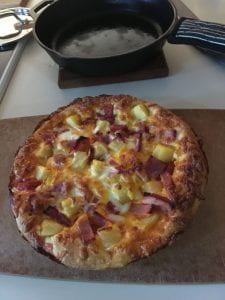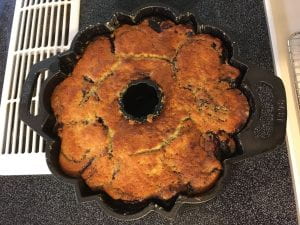In October of 1984, volume 1, number 1 of the “Dana Interface” was created; a newsletter of the Dana Biomedical Library. Published monthly, “it will bring to your attention information about the library, its facilities, its services, and its resources…”. It regularly featured new books, journals, databases, and computer software added to the library.
Notable announcements in this flagship edition:
- A Microcomputer Laboratory was established in the library in March of 1984. “The laboratory, principally, has been designed for use by the medical students, but other members of the Medical Center and the Department of Biological Sciences communities are invited to take advantage of these facilities. … Currently, there are three Macintoshes, two Lisas, an Apple II+, and an IBM PC…”
- “Microcomputer Software: Individual blank disks, single-sided 3.5” (86mm), compatible with the Macintosh microcomputer may be purchased from the Audiovisual Desk… The cost is $3.75 per disk.”
- “Dartmouth College Library On-Line Catalog: You are invited to test the experimental Dartmouth College Library On-Line Catalog. To date, approximately one-third of the collections are available for searching… You may access the catalog through the Kiewit Computer Network.” The entry later mentions that patrons can search the catalog by using “a menu-driven ‘friendly’ user-interface”. [Kiewit was a building and computer lab on campus, responsible for a lot of cutting-edge technology of its time.]
- A computer database for the rapid retrieval of cancer information, PDQ, was profiled. PDQ was developed by the National Cancer Institute (NCI). “Its purpose is to make the information regarding current methods of cancer therapy more widely accessible to physicians and their patients.”
- New Books added to the library included, “Medieval Islamic Medicine”, by D. Ali Ibin Ridwan; “Sheep Production in the Tropics”, by Alan B. Charles; “Field Guide to Birds of the USSR”, by V.E. Flint; and, “Herb Garden Design”, by Faith H. Swanson,
The publication ends with a detailed description of the font styles and sizes that were used, and says that it was “produced on the Macintosh microcomputer”. As an ode to that, I will tell you that this blog entry was produced on a Dell computer, using plain 12-point Calibri (Body) font.
This post was written by Samara Cary, an Information Access Assistant for the Biomedical Libraries.




